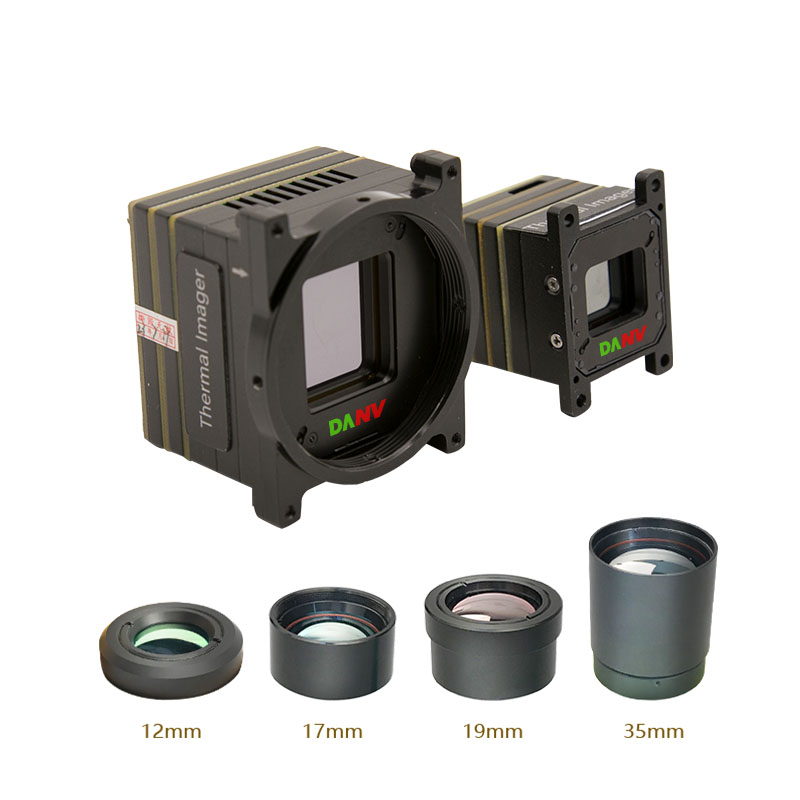Navigating the Thermal Spectrum: Decoding the Distinctions Between IREEDA's Cooled and Uncooled Infrared Thermal Imaging
WhatsApp/ Wechat: 0086-18291418396
Cooled and Uncooled Infrared Thermal Imaging systems emerge as prominent players. Understanding the distinctions between these technologies is pivotal for industries ranging from scientific research to industrial diagnostics.
The Core Mechanism:
Both Cooled and Uncooled Infrared Thermal Imaging systems share a common goal: capturing and visualizing the infrared radiation emitted by objects. However, the key disparity lies in how each system manages the thermal information, leading to variations in sensitivity, resolution, and suitability for different applications.
Cooled Infrared Thermal Imaging:

Cooled systems, characterized by their advanced cryogenic cooling mechanisms, stand out for their ability to attain exceptionally low temperatures. By cooling the infrared detector, thermal noise is minimized, resulting in heightened sensitivity and superior image quality. These systems find their niche in applications demanding utmost precision, such as scientific research, military surveillance, and critical industrial inspections.
Uncooled Infrared Thermal Imaging:

On the other hand, Uncooled Infrared Thermal Imaging systems operate without the need for elaborate cooling mechanisms. Instead, they utilize innovative materials and designs that inherently reduce thermal noise. Although uncooled systems may not match the sensitivity of their cooled counterparts, they excel in terms of portability, cost-effectiveness, and energy efficiency. These systems are often preferred for applications requiring real-time imaging, like industrial maintenance, building inspections, and security surveillance.
Resolution and Sensitivity Dynamics:
A significant factor influencing the choice between cooled and uncooled systems is resolution and sensitivity. Cooled systems, benefitting from their superior cooling, can achieve higher resolution images and offer increased sensitivity to subtle temperature variations. This makes them indispensable for scenarios where precision and detail are paramount. Uncooled systems, while slightly compromising on resolution, are well-suited for applications where real-time imaging and flexibility take precedence over absolute precision.
Application-Specific Considerations:
Choosing between Cooled and Uncooled Infrared Thermal Imaging systems often depends on the specific demands of the intended application. Cooled systems shine in environments where precision is non-negotiable, such as scientific laboratories or critical military operations. In contrast, uncooled systems find their stride in field applications, building diagnostics, and surveillance tasks, where their compact design and energy efficiency become crucial advantages.
IREEDA's dual offering of Cooled and Uncooled Infrared Thermal Imaging technologies reflects a nuanced approach to temperature visualization. While Cooled systems provide unparalleled precision, Uncooled systems introduce a balance of versatility and cost-effectiveness. The choice between the two depends on the unique requirements of the application, with IREEDA ensuring that state-of-the-art technology is available to meet a diverse array of thermal imaging needs.
WhatsApp/ Wechat: 0086-18291418396

